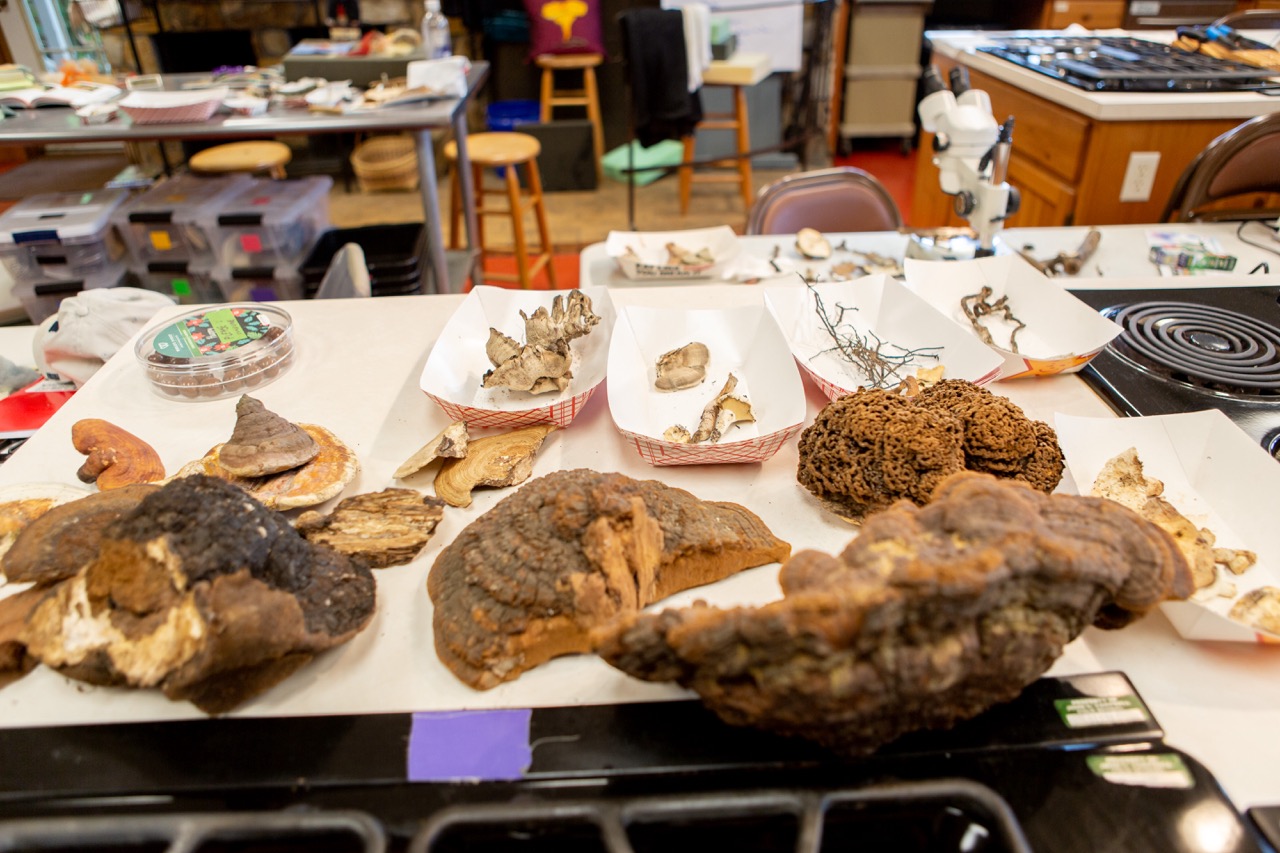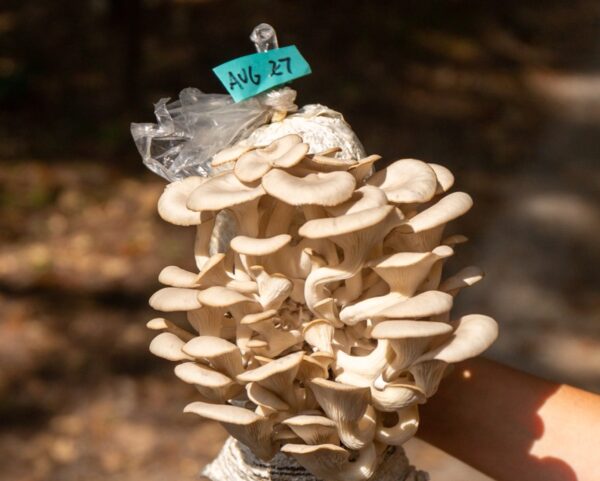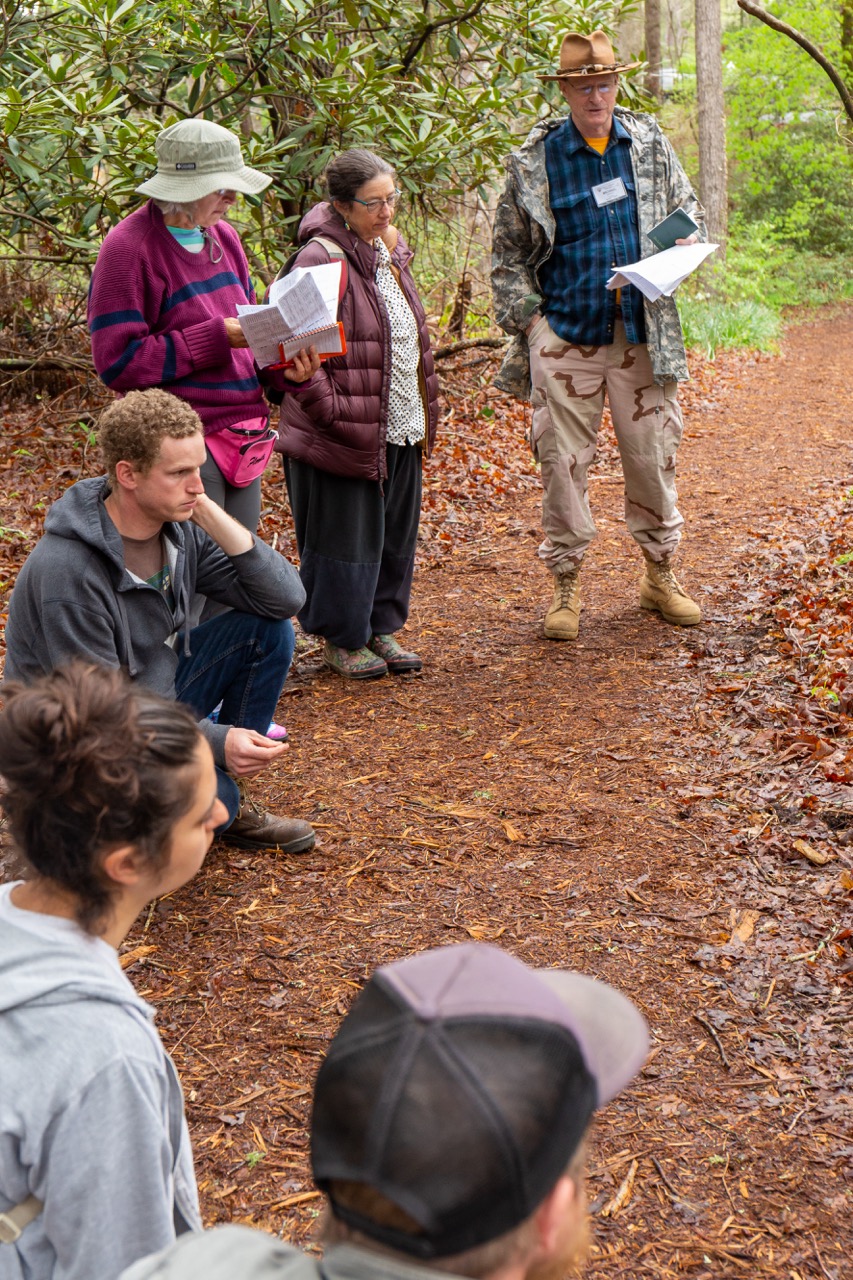30 Oct Mushroom Foraging Tips and Info

Mushroom foraging is an age-old practice that has seen a resurgence in recent years. As more individuals seek to reconnect with nature and discover the wonders hidden beneath the forest floor, the art of foraging has become a popular pastime. But what exactly is mushroom foraging, and why are so many drawn to it?
What Is Mushroom Foraging?
Mushroom foraging is the act of searching for and collecting wild mushrooms from their natural habitats. Unlike commercial mushroom farming, foraging is about discovering mushrooms in the wild — be it in forests, meadows, or even your backyard. It’s a practice that requires knowledge, patience, and a keen eye.


Benefits of Mushroom Foraging
- Nutritional and health benefits: Wild mushrooms often contain a richer nutrient profile than their cultivated counterparts, boasting higher levels of vitamins, minerals, and antioxidants. Many wild mushrooms have also been used in traditional medicine for their therapeutic properties, such as immune system support and anti-inflammatory effects.
- Connection with nature: Foraging allows individuals to immerse themselves in the natural world, fostering a deeper appreciation for the environment.
- Physical exercise: Traversing forests, hills, and meadows in search of mushrooms provides a natural workout, combining both cardiovascular and strength elements.
- Reduced carbon footprint: Foraging for local mushrooms reduces the need for transportation and commercial farming, both of which contribute to carbon emissions.
- Cost savings: Foraging for your own mushrooms can reduce grocery bills, especially given the often high prices of gourmet wild mushrooms in stores.
- Deepening ecological knowledge: Regular foraging can enhance one’s understanding of local ecosystems, the life cycle of fungi, and the symbiotic relationships between mushrooms and other organisms.
- Skill development: Beyond identification, foragers often learn related skills such as how to preserve mushrooms, culinary techniques, and even crafting with mushroom byproducts.
- Mindfulness and presence: Foraging requires keen observation and presence, allowing individuals to be fully immersed in the moment. This mindfulness can reduce stress and increase feelings of well-being.
- Culinary delights: Wild mushrooms offer unique flavors and textures not found in store-bought varieties. Additionally, the unpredictability of what one might find during foraging can inspire creativity in the kitchen, leading to the discovery of new and exciting recipes.
Edible Mushrooms and Their Habitats
When embarking on a mushroom foraging adventure, it’s essential to know which mushrooms are safe to eat. Here are some popular edible mushrooms and where you might find them:
- Morels: Found in hardwood forests, especially near ash, aspen, and elm trees. They have a distinctive honeycomb appearance.
- Chanterelles: These golden-hued mushrooms grow in hardwood forests, often near oaks and conifers
- Porcini: Found in coniferous forests, these mushrooms have a thick stem and a brown cap.
- Oyster mushrooms: Typically growing on dead or dying hardwood trees, they have a delicate, oyster-like shape.
Note: Always consult a field guide or expert before consuming any wild mushroom. Some edible mushrooms have toxic look-alikes.
Tips for Successful Mushroom Foraging
- Educate yourself: The world of wild mushrooms is vast and varied, with many species bearing striking resemblances to one another. While some mushrooms are a delightful culinary treat, others can be toxic or even lethal when consumed. To safely and successfully forage, enthusiasts should invest in reputable field guides specific to their region, attend workshops or classes led by experienced mycologists, and consider joining local foraging groups or clubs where knowledge is shared. This foundational education not only ensures personal safety, but also promotes responsible and sustainable foraging practices that protect and preserve our natural ecosystems. Learn about mushroom foraging with our Nature Studies classes!
- Start slow: Focus on learning one or two species at a time. This reduces the risk of mistaking a toxic mushroom for an edible one.
- Forage responsibly: Responsible foraging is crucial to preserving the delicate balance of natural ecosystems and ensuring that future generations can also enjoy the bounty of wild mushrooms. Overharvesting can deplete local mushroom populations and disrupt the symbiotic relationships they maintain with other organisms. To forage responsibly, only harvest what you can consume, leave young mushrooms to mature and reproduce, and tread lightly to minimize disturbance to the habitat.
- Document your finds: Take photos and notes of the mushrooms you find. This will help you identify them in the future, and can also be a valuable reference point for cross-checking with experts or field guides.
- Safety first: Never consume a wild mushroom unless you’re 100% sure of its identity. When in doubt, throw it out!
Explore Nature Studies at the John C. Campbell Folk School
For those intrigued by the world of mushroom foraging and eager to dive deeper, the John C. Campbell Folk School offers a range of Nature Studies classes. From mushroom foraging to beekeeping, the Folk School provides a comprehensive learning experience for homestead enthusiasts of all levels. So why wait? Explore our available classes today!
Located in Brasstown, NC, the Folk School offers year-round weeklong and weekend classes for adults in craft, art, music, dance, and more. Our non-competitive and small-sized classes are offered on a scenic 270-acre campus, attracting students from all over the world. From soapmaking to storytelling to blacksmithing, we connect students to creative traditions that enrich our culture and inform our history (beyond being fun and practical!). Find a class today, or partner with us in a variety of ways.
Sign up for our newsletter to stay up to date on new courses and events, or follow our socials to see the experiences and work of teachers and students! You can give the invaluable gift of learning to others with a one-time or recurring donation, or support folk art by shopping at our craft shop!




No Comments